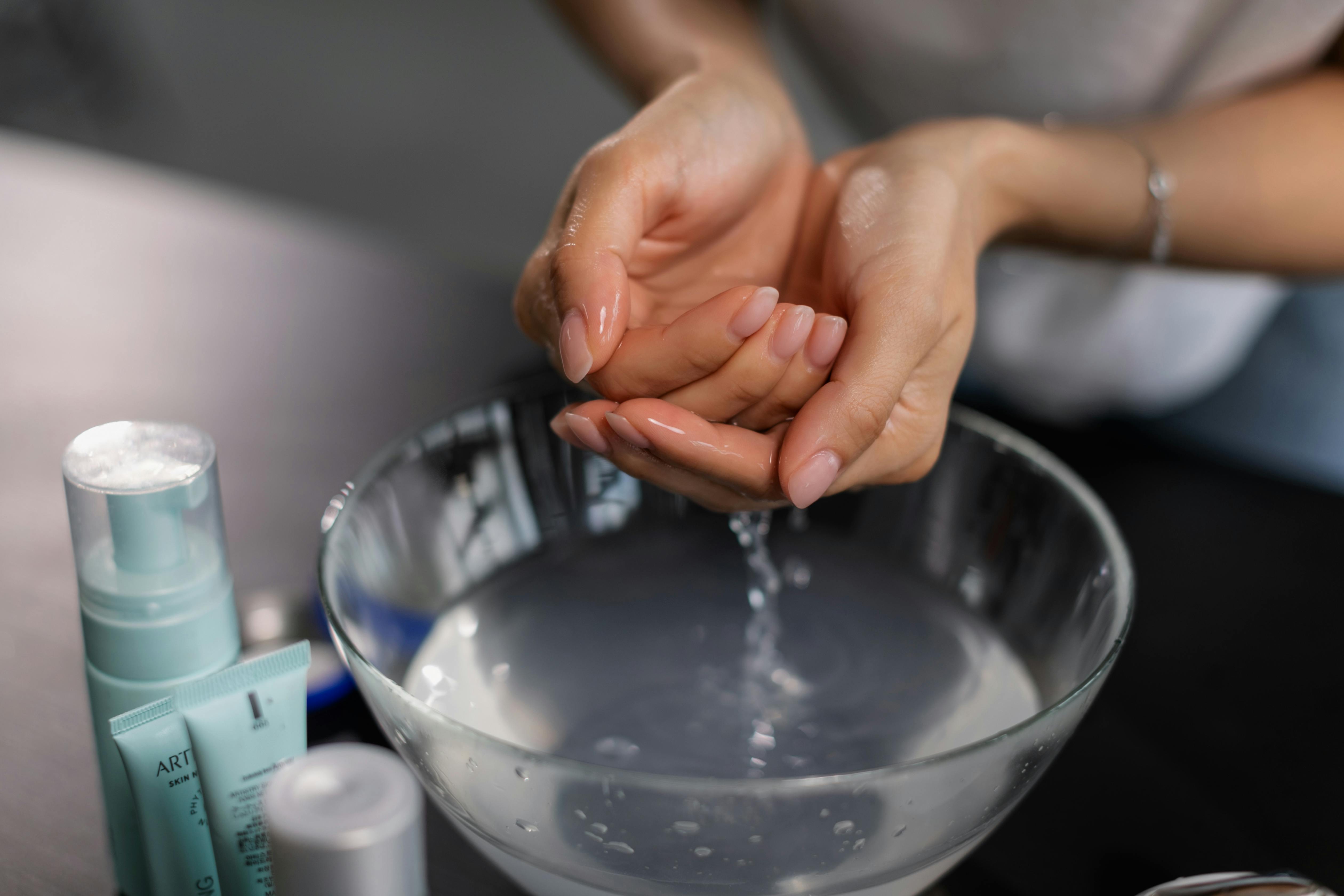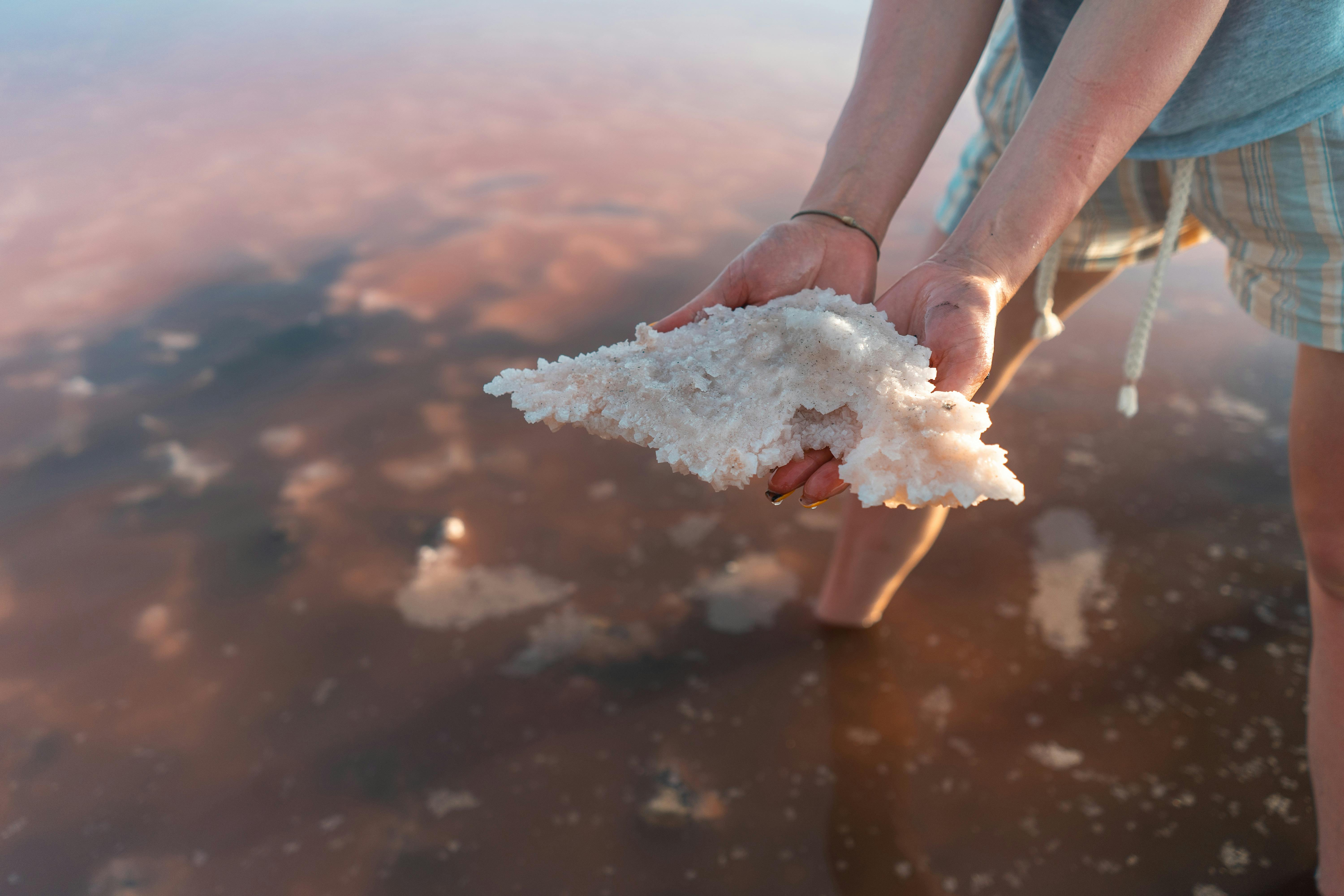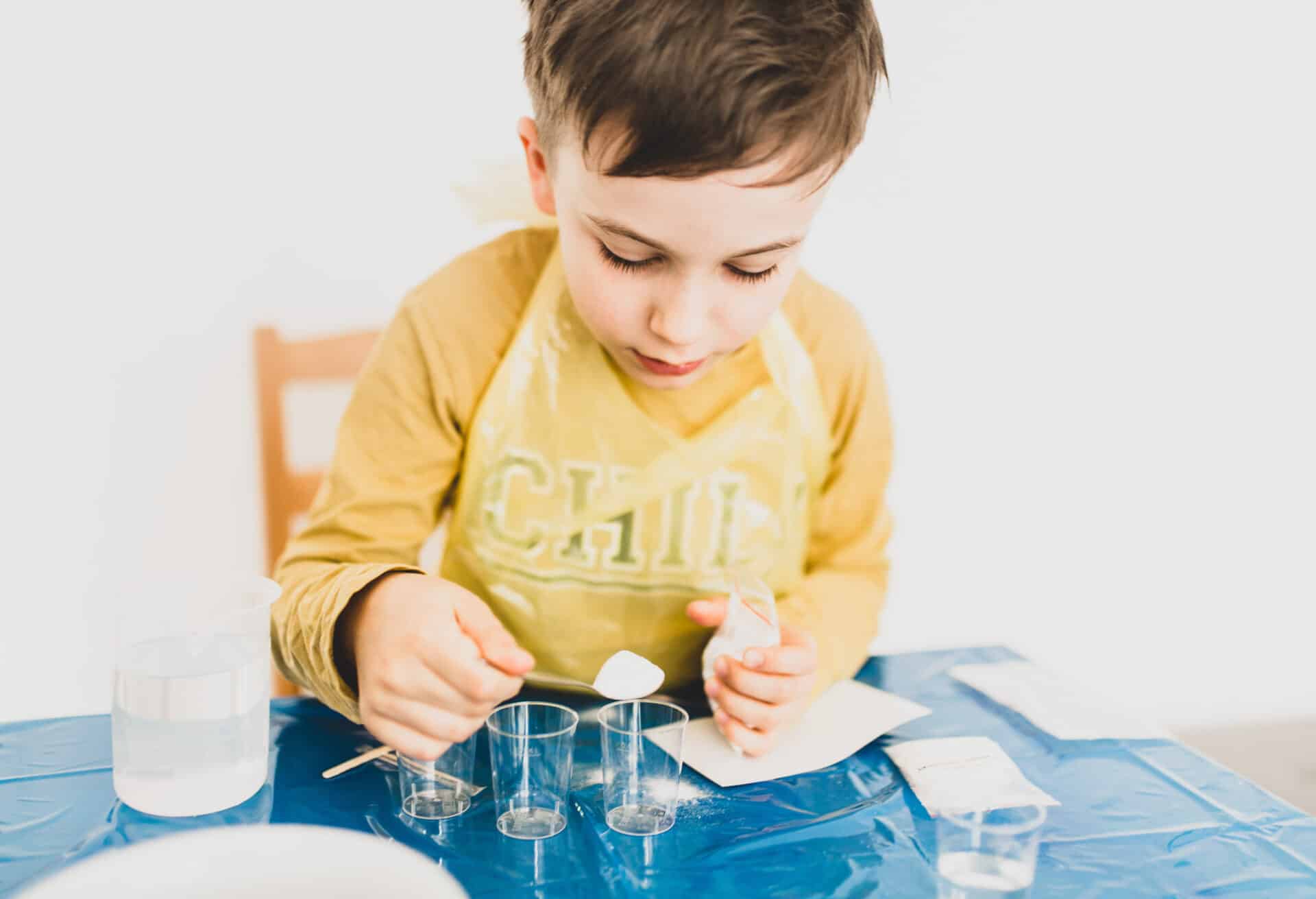Making your own saline solution with distilled water is a simple process that only requires a few items. Saline solution is an important part of many medical procedures and can be used to help clean wounds, rinse eyes, and even store contact lenses. It’s important to use distilled water when making your own saline solution to avoid introducing minerals and other impurities into the mixture. With the right ingredients and equipment, you can easily make your own saline solution with distilled water.Saline solution is a mixture of salt and water. It is commonly used as an intravenous fluid to replace lost fluids in the body or to clean wounds. It can also be used as a nasal spray, eye wash, or mouth rinse. Saline solution is generally considered safe for most people and has few side effects.
What Is Distilled Water?
Distilled water is a type of purified water that has been processed to remove minerals and other impurities. The process of distillation involves boiling the water and then condensing the steam into a clean container, leaving most contaminants behind. This process not only removes impurities, but also kills any bacteria or viruses that may be present. Distilled water is often used for drinking, cooking, steam irons, car batteries, aquariums and many other household uses. It is also used in medical facilities and laboratories for various purposes.
Distilled water has many advantages over tap or filtered water. Because it is free of minerals, it does not leave behind any residue on surfaces or in appliances like coffee makers or steam irons. Also, because it contains no minerals, it does not corrode metal or other substances when heated. Finally, because it is so pure and sterile, distilled water is often used in medical settings.
Although distilled water can be beneficial in some situations, it should not be used as a replacement for tap or filtered water on a regular basis. Distilled water lacks the minerals found in regular drinking
The Benefits of Saline Solution
Saline solution is a saline-based medical solution used for a variety of purposes. It is a combination of sodium chloride and water, and it can be used for cleaning wounds, delivering medications, or flushing out bacteria from the eyes or nose. Saline solution also provides numerous other health benefits, making it an important part of many medical treatments.
One of the main benefits of saline solution is that it helps to keep wounds clean and free from infection. This is due to its natural antibacterial properties, which help to kill off any bacteria that may have entered the wound. Additionally, this solution can help to keep the wound hydrated and reduce inflammation while the wound heals.
Another benefit of saline solution is that it can reduce eye irritation caused by dust or other objects. This makes it ideal for use in contact lens solutions or for cleaning away build up in the eyes after swimming or wearing makeup. Saline solution can also be used to flush out bacteria from the nose and sinuses, making it an effective remedy for sinus infections or allergies.
Finally, saline
Supplies Needed to Make Saline Solution
Making your own saline solution is a simple process that requires minimal supplies. To make it, you will need distilled water, salt, and a container to mix the solution in. Distilled water should be used for the solution as it is free from minerals and other contaminants that can interfere with the effectiveness of the saline solution. The salt used should be non-iodized table salt or sea salt, as iodized salt can cause irritation when used as a nasal rinse. A glass or plastic container is needed to mix the solution in, though it is best to avoid using metal containers as they may react with the salt and cause corrosion. Once you have these supplies, you are ready to make your own saline solution.
To make the saline solution, first measure out one teaspoon of non-iodized table or sea salt into your container. Then add one pint (16 ounces) of distilled water to the container and stir until all of the salt has dissolved. You can use a spoon for stirring but avoid stirring too vigorously or shaking the container as this may create too many bubbles which can be inhaled when using for nasal irrigation. Once
Preparing Distilled Water for Saline Solution
Distilled water is a key ingredient in the preparation of saline solutions. It is important to take the necessary steps to ensure that the distilled water used is clean and safe for use. Here are some tips on how to prepare distilled water for saline solution:
The first step is to purchase distilled water from a trusted source. Make sure that it has been produced under strict guidelines and meets all safety requirements. Check the label of the product and ensure that it is free of contaminants and other impurities.
Once you have obtained your distilled water, it is important to store it properly. Store it in a cool, dry place away from direct sunlight. It should also be kept away from any sources of contamination such as chemicals, dust, or other potential contaminants.
Before using the distilled water for your saline solution, you should filter it through a filter paper or a coffee filter to remove any remaining impurities or particles. This will help to ensure that your saline solution is free of any contaminants that could affect its effectiveness.

What is Saline Solution?
Saline solution is a mixture of salt and water. It is commonly used as a disinfectant or cleaning solution, as well as for medical purposes. Saline solutions can be made at home using distilled water and table salt. The resulting solution is isotonic, which means it has the same concentration of salt as the cells in the body, making it safe to use in medical applications.
Steps to Make Saline Solution With Distilled Water
Making a saline solution with distilled water requires only two ingredients: table salt and distilled water. To make the solution, begin by bringing a cup of distilled water to a boil in a pot on the stove. Once boiling, add one teaspoon of table salt to the boiling water and stir until it has dissolved. Allow the mixture to cool for several minutes before transferring it to a clean container or bottle for storage. It is important to use distilled rather than tap water to ensure that all impurities are removed from the solution.
The resulting saline solution should be used within 24 hours for optimal safety and effectiveness. If storing for longer than 24 hours, refrigeration is
Safety Precautions When Making Saline Solution
It is important to take safety precautions when making saline solution, as the process involves handling hazardous materials. In order to ensure safety and reduce the risk of accidental injury or contamination, it is essential to follow basic safety guidelines.
First and foremost, always wear protective gloves and eyewear when handling any type of chemical. This will help protect your skin and eyes from any splashes of the solution. Additionally, make sure that the area you are working in is well ventilated.
If you are using powdered ingredients for the saline solution, always wear a dust mask when handling them. This will prevent you from inhaling any particles that may be present in the powder. Also, keep all containers tightly sealed when not in use, as this will help prevent contamination of your ingredients or solutions.
When mixing the ingredients for a saline solution, it is important to use a clean utensil such as a stirring rod or spoon for each ingredient. This helps to avoid cross-contamination between solutions. Additionally, never mix different types of salt together in a single batch of saline solution as this could lead to an incorrect concentration level
Storing and Reusing Your Saline Solution
Using a saline solution to flush out your nasal passages can be an effective way of relieving sinus congestion and other nasal-related symptoms. You can buy pre-made saline solutions from your local pharmacy, or you can make one yourself at home with salt and water. If you decide to make your own, it’s important to know how to store and reuse it correctly.
When storing the solution, it’s best to keep it in a clean container with a lid. You can use a plastic or glass container, as long as it is free from cracks or chips that could harbor bacteria or germs. It’s also important to store the saline solution in a cool, dry place away from direct sunlight and heat.
It’s safe to reuse the solution for up to one week if stored properly. However, if the solution begins to smell bad or appears cloudy in color, then it should be discarded immediately and replaced with a fresh batch of saline solution. You should also discard any unused portions after each use.

Conclusion
Saline solution is an important part of medical care, and it is easy to make your own at home with distilled water. This type of solution can be used for a variety of purposes, including cleaning wounds, irrigating eyes, and moisturizing nasal passages. It is important to remember that the saline solution must be made correctly in order to ensure its efficacy. Always measure out the correct amount of salt for each cup of distilled water, and use only sterile containers to store the solution. By following these steps, you can easily make your own saline solution with distilled water.
Making saline solution with distilled water is a great way to ensure that you have a safe and effective means of providing medical care when needed. With just a few basic supplies, you can make your own saline solution and have it on hand whenever necessary. This type of solution has many uses, from irrigating eyes to treating wounds, making it a valuable addition to any medical toolkit.

